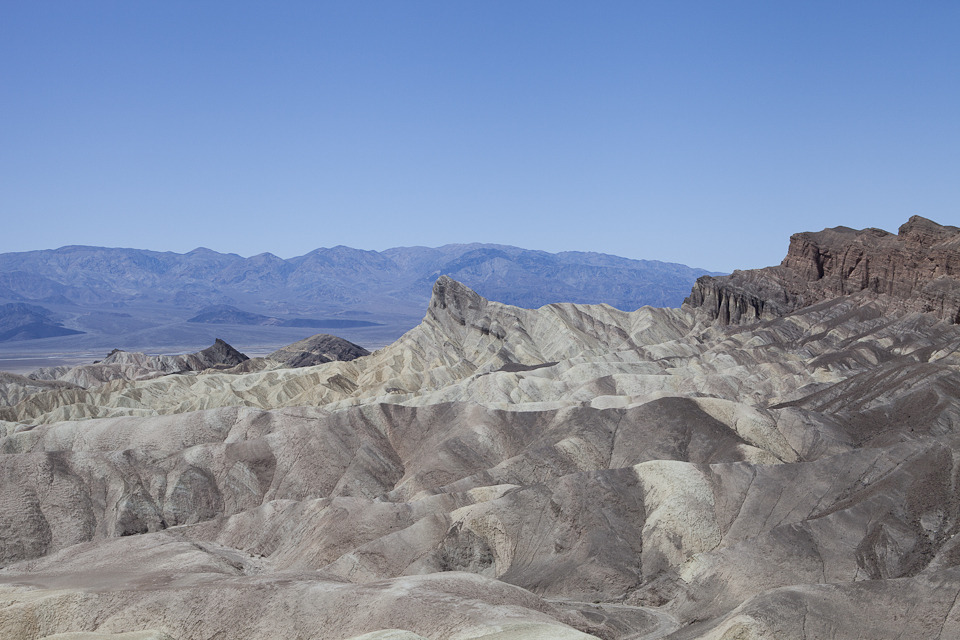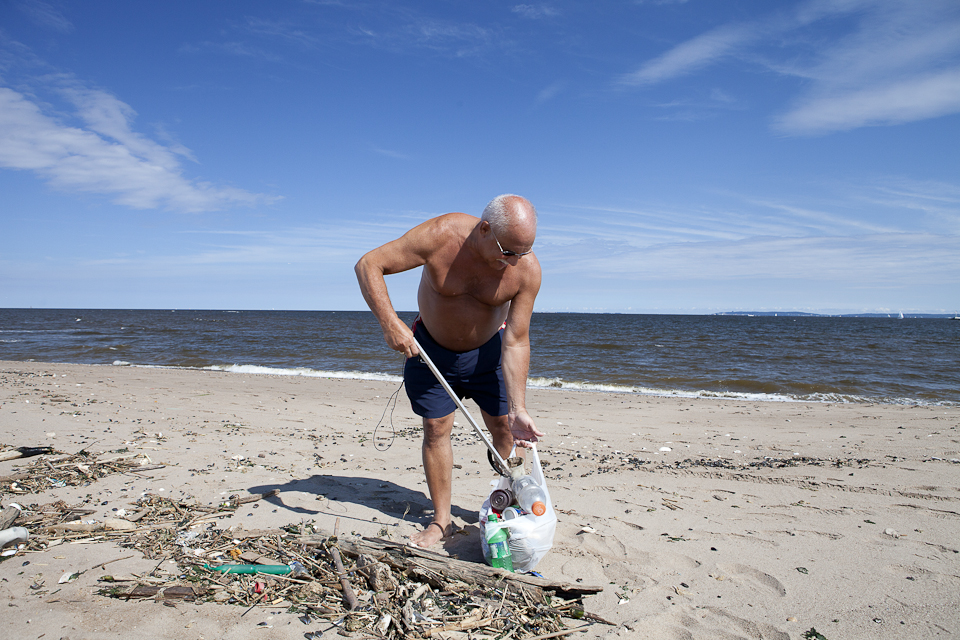Death Valley – the mere name conjures up images of a nightmarish vision. “Expect the unexpected”, I told myself as the altitude descended below sea level and the temperature climbed equally impressively in the opposite direction. The last Mirage I had seen was a well-known hotel in Las Vegas where I was fortunate to experience the spectacular Cirque du Soleil show “Love” based on the life of The Beatles 10 days earlier. Furnace Creek golf course appeared no less a spectacle as it shimmered in the desert heat 130 miles further west. It’s well-manicured greens and plentiful date palm and tamarisk trees provided generous shade from the harsh desert sun overhead.
Furnace Creek lays claim to the title of world’s lowest elevation golf course (214 feet below see level in case you wondered) which means that the average golfer may need to go down a club in order to hit the ball as far as he normally might. At the height of the summer in 2011, the Heat Stroke Open (a PR masterstroke) took place here where the usual water features and sand bunkers were replaced by a hazard of a more life-threatening kind. Furnace Creek certainly has more in common with the hyperbole and excess that exemplifies The Strip in Vegas than the raw natural beauty of the landscape that surrounds it.
The golf course is run by the Furnace Creek Resort managed by Xanterra Parks and Resorts – the largest national and state park concessioner in the United States with operations in such iconic parks as Yellowstone and the Grand Canyon. Some might say that to win a concession to operate in places of such magnificence and natural beauty is a great honour and that comes attached with a heightened degree of responsibility to protect the landscape for future generations.
Xanterra’s 2011 environmental sustainability report is a well-written independently audited document that recognises the importance of protecting the environment and reducing the carbon footprint of it’s operations in order to safeguard it’s triple bottom line – economic, ecological and social. Not all players in the tourism and hospitality industries recognise the importance of such reporting and transparency. Initiatives worth mentioning are a 1.23 MW solar PV plant and recycling waste vegetable cooking oil to power boilers for heating. You can see the solar PV panels in another blog post on my website.
The Furnace Creek golf course is notably mentioned for its designation as a Certified Audubon Cooperative Sanctuary run by Audubon International – the leading environmental initiative within the golf industry. It’s worth mentioning at this point that Audubon International has nothing to do with the well-respected National Audubon Society – one of the oldest environmental NGOs that works to conserve and restore natural ecosystems. Their beautifully illustrated and informative Audubon National Parks calendar has adorned my kitchen wall for the past few years. Unfortunately, it is altogether far too convenient for the golfing body to be confused for the latter in the minds of the public. I set out to find out if the 18-hole course’s claims of sustainability could be substantiated but unfortunately very limited online information was available to me when researching this article (other than a brief mention of a 23% water reduction since 2002 and an 84% reduction in pesticide usage). What I did find however, were the Audubon International “Principles for Sustainable Resource Management” which state for example, that members should “strive to use resources that are most easily renewed”. This begs the question of just how this applies in practice to the watering a golf course in the hottest and driest place in the U.S.? Death Valley receives less than 2 inches of rainfall per year on average. It’s main source of water is from underground aquifers which have formed over millennia – so-called “fossilised” water which is a non-renewable source. When I visited the resort, I asked Xanterra staff about the source of water for the golf course and was informed that water was recycled from the resort’s open-air swimming pool. Again, can this be proven to be a truly sustainable and renewable source?
Audubon International also states that “sustainable resource management should emphasize landscaping with a variety of materials and resources native to an area”. However Xanterra’s website mentions “strategically placed Palm and Tamarisk trees and water hazards on nine holes”. This directly conflicts with the Tamarisk Removal Project adopted by the National Parks Service whose website points out that “wherever tamarisk gains a foothold, it crowds out native plant and animal communities. It consumes excessive amounts of water, the key to life in the desert, and salinizes soils where its salty leaves drop.” And what should we make of water hazards in the desert? Ask a Toureg nomad in the Sahara about water “hazards” and you’re bound to get an expression of complete incredulity. Does a golf course in the the driest place in North America really need open water features that evaporate into thin air under the harsh desert sun?
Xanterra adopts the mantra “hospitality with a softer footprint” and has earned the respect of its peers in this regard. It recognises the urgency of climate change describing it as ” the greatest environmental challenge of our generation”. It has demonstrated real commitment by reducing absolute greenhouse gas emissions at its resorts by over 17% from 2000 to 2009. Renewable energy now accounts for 14% of its electricity use. Nevertheless, Xanterra occupies a privileged position within the National Parks and Monuments of the U.S. which brings with it a requirement to demonstrate greater corporate social and environmental responsibility. Does Xanterra accurately measure all of its climate change impacts including those on non-renewable sources of water? Death Valley is a place of extremes with plants and wildlife living at their absolute limits. Any additional water stress can threaten survival in such a precariously balanced environment.
In 2008, Xanterra was bought out by the Anschutz Company who also happens to own AEG – a global sports and entertainment company. Is the natural landscape and wildlife losing out in the battle to simply entertain visitors and generate value for shareholders? Are we seeing the beginnings of a conflict between the original mission and values of Xanterra and that of it’s more entertainment focussed parent company? I for one can’t wait to read their 2012 environmental report.
Originally published in 2012



Recent Comments